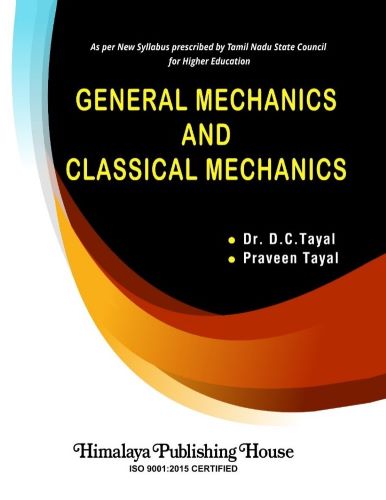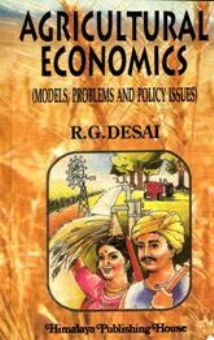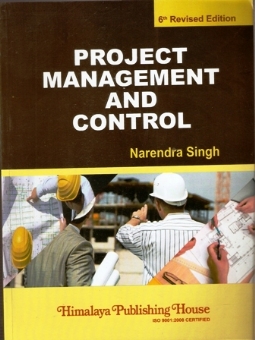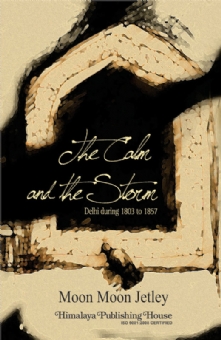The Universities are in the process of revising their syllabi as to make it more competitive globally and to develop the culture of critical thinking and conceptual understanding amongst their students to make them Research and Industry oriented.
In the above process, Tamil Nadu State Council for Higher Education has introduced a common/ unified syllabus for their State Universities and Colleges in 2023. This book on ‘General Mechanics and Classical Mechanics’ is written to cater to the needs of students of B.Sc. III semester Physics. The subject matter is woven systematically, concept oriented with required theory and equal emphasis on experiments. To understand the applications of the theory and to develop the problem solving capacity, a large number of worked out examples and problems are given at the end of each chapter. To self- check the concepts of the subject, the True- False, Fill in the Blanks and Multiple Choice questions are given in a good number. Short answer and Long answer questions are liberally given to test the capability of expression and the depth of the knowledge of the subject.
The subject matter of the book is broadly divided in six chapters. The first chapter on ‘Laws of Motion’ deals with Newton’s laws of motion, Equations of motion, Frictional forces and Forces in every day physics with special attention on the applications of Electromagnetic forces acting as tension in string and force due to spring.
The second chapter on ‘Gravitation’ covers the Central force motion, Equivalent one body problem, Kepler’s laws, Newton’s universal law of gravitation and its experimental verification by Boy’s Method, Earth- Moon system, Mass of the Sun, Earth density and Satellites with their applications. Gravitational potential and field intensity due to regular bodies and brief description of gravitational theory of relativity along with its experimental tests are also discussed in details.
The chapter three is devoted to ‘Conservation Laws of Linear and Angular Momenta’, which consists of Linear Momentum, Dynamics of system of particles, Momentum conservation, Centre of mass, Collision of particles, CM & Lab. – Systems, Systems with variable mass (Rockets), Angular momentum of a particle, its conservation, Torque due to internal forces, due to gravity, angular momentum about Centre of mass and Proton scattering by heavy nucleus.
The chapter four deals with ‘Conservation Laws of Energy’ . The significance of Conservation laws, Law of conservation of Energy, Work, Power & Energy and Work- Energy Theorem are briefly described with appropriate theory. Conservative forces (Central & Gravitational), Potential energy and Conservation of energy and Energy curves & equilibrium are discussed with applications.
‘Rigid Body Dynamics’, a very important subject of Mechanics, is discussed in chapter fifth. With the brief summary of Translational and Rotational motions of a rigid body, it covers the Rotational dynamics of a rigid body, Torque and Angular momentum, Moment of inertia, its values for some regular bodies, Rotational K.E. of rigid body, Combined motion of a rigid body, Fly-wheel, Gyroscope, Precession of gyroscope, Precession of Equinoxes and Top Precession.
The main topic of Classical Mechanics, ‘Lagrangian Mechanics’ is discussed in chapter sixth, which consists of Generalized co-ordinates, Degree of freedom, Constraints, Principle of virtual work, D’ Alembert Principle and Lagrange’s equation from D’ Alembert’s principle. Applications of Lagrangian method for deriving the equations of motion of a Simple pendulum and System of two masses connected by a string passing over a pulley (Atwood’s machine), Hamilton’s canonical equations and Hamiltonian equations in different co-ordinate systems are also
described.
Contents –
1. LAWS OF MOTION
Introduction; Force; Newton’s Laws of Motion (Applications & Limitations); Equations of Motion; Frictional Force (Angle of Friction, Angle of Response, Spinning Terror); Motion of a Particle in a Uniform Gravitational Field (Projectile Motion); Running Long Jump; Types of Forces in Everyday Physics; Applications of Electromagnetic Forces; Exercises; True/False; Multiple Choice Questions; Short Answer Questions; Problems; Long Answer Questions.
2. GRAVITATION
Classical Theory of Gravitation; Central Force Motion (Central Force Motion of equivalent one body problem, Energy Equation & Energy Diagram); Kepler’s Laws of Planetary Motion; Newton’s Universal Law of Gravitation from Kepler’s Laws; Newton’s Universal Law of Gravitation; Determination of ‘G’ by Boy’s Experiment; Earth-Moon System; Weightlessness; Earth Satellites; Parking Orbit of a Satellite; Applications of Satellites; Earth Density; Mass of the Sun; Gravitational Potential Energy and Potential; Gravitational Potential and Field Intensity due to Regular Bodies (Spherical Shell, Thick Spherical Shell & a Solid Sphere, Circular Disc); Velocity of Escape; Black Holes; Einstein’s Theory of Gravitation (Principle of Equivalence); Experimental Tests of Gravitational Theory of Relativity (Gravitational Red Shift, Bending Star Light by the Sun, Precession of the Perihelion of Mercury’s Orbit); Exercises; True/False; Fill in the Blanks; Multiple Choice Questions; Short Answer Questions; Problems; Long Answer Questions.
3. CONSERVATION LAWS OF LINEAR AND ANGULAR MOMENTUM
Linear Momentum (Impulse, Impulse – Momentum Theorem); Internal Forces and Dynamics of System of Particles; Momentum Conservation; Internal Forces and Law of Conservation of Momentum; Centre of Mass (Motion of the Centre of Mass, Centre of Mass frame of reference); Centre of Mass of Regular Bodies (Solid Hemi-sphere, Triangular Sheet); Elastic Collision of Particles of different masses (Newton’s Law of Collision, Ballistic Pendulum, Elastic One Dimensional Collision, Moderators in a Nuclear Reactor); Elastic Collision in two Dimensions (Lab- Frame, Centre of Mass Frame); Systems with Varying Mass; Rockets (Multistage Rockets); Angular Momentum of a Particle (Newton’s second Law in Angular Form); Conservation of Angular Momentum (Scattering of Charged Particle by a heavy nucleus, Contraction of the Particle Orbit); Torque due to Internal Forces; Torque due to Gravity (Conical Pendulum); Angular Momentum about Centre of Mass; Proton Scattering by Heavy Nucleus (Rutherford Scattering of Alpha particles); Exercises; True/False; Fill in the Blanks; Multiple Choice Questions; Short Answer Questions; Problems; Long Answer Questions.
4. CONSERVATION LAWS OF ENERGY
Introduction; Significance of Conservation Laws; Law of Conservation of Energy; Concept of Work (Work done along a curved path); Power and Energy; Work-Energy Theorem (Its significance); Conservative Forces (Central Force and Gravitational Force are the conservative forces); Potential Energy and Conservation of Energy in Gravitational and Electric fields (Negative Gradient of Potential energy); Non-Conservative Forces; General Law of Conservation of Energy; Energy Curves and Equilibrium; Exercises; True/False; Fill in the Blanks; Multiple Choice Questions; Short Answer Questions; Problems; Long Answer Questions.
5. RIGID BODY DYNAMICS
Translational and Rotational Motion of a Rigid Body; Angular Momentum of a System of Particles; Rotational Dynamics of a Rigid Body (Angular Momentum, Torque & Angular Momentum); Moment of Inertia; General Theorems of Moment of Inertia (Theorem of Parallel Axes, Theorem of Perpendicular Axes); Moment of Inertia of some regular bodies (Thin Uniform Rod, Uniform Rectangular Lamina, Uniform Rectangular Bar, Thin Uniform Circular Ring or Hoop, Thin Circular Lamina or Disc, a Solid Cylinder, Hollow Cylinder, Solid Cone, a Solid Sphere, Hollow Sphere or a Thick Shell, Wheel and Axle About the Axis of Rotation); Rotational Kinetic Energy of a Rigid Body; Combined Translational and Rotational Motions of a Rigid Body; Flywheel; Body Rolling down an Inclined Plane; Gyroscope; Precession of Gyroscope; Gyroscopic Applications; Precession of Equinoxes; Top-Precession; Exercises; True/False; Fill in the Blanks; Multiple Choice Questions; Short Answer Questions; Problems; Long Answer Questions.
6. LAGRANGIAN MECHANICS
Generalized Coordinates; Degree of Freedom; Constraints; Principle of Virtual Work; D’s Alembert’s Principle; Lagrange’s Equation from D’s Alembert’s Principle; Applications of Lagrangian method (Equation of motion of a simple pendulum, Atwood’s Machine); Hamilton’s Canonical Equations; Hamiltonian Equations in Different Coordinate Systems; Exercises; True/False; Fill in the Blanks; Multiple Choice Questions; Short Answer Questions; Problems; Long Answer Questions.
INDEX







